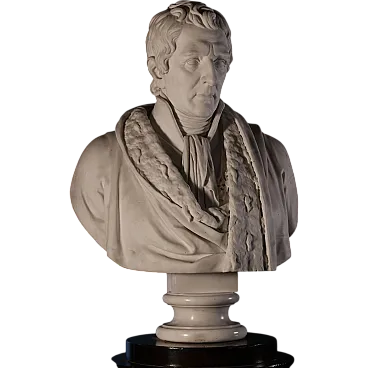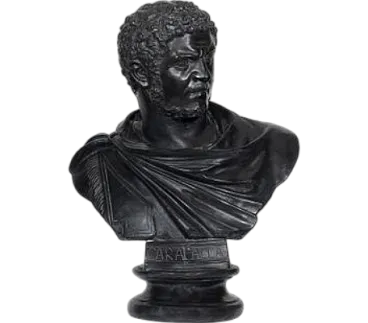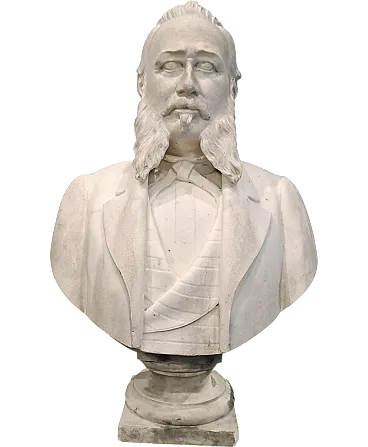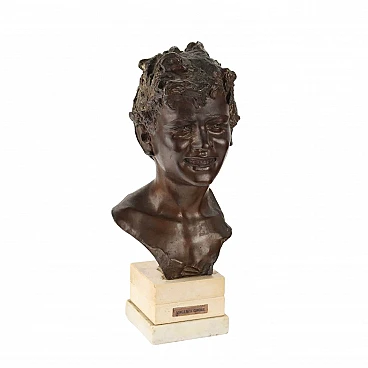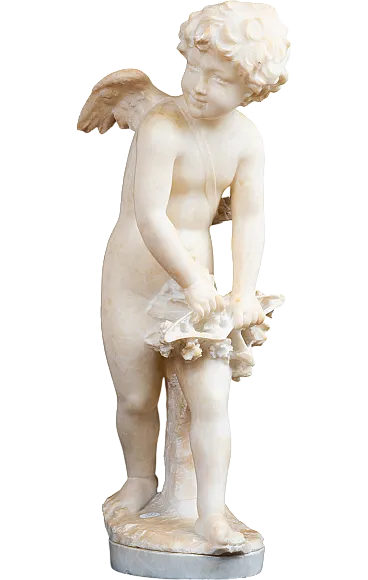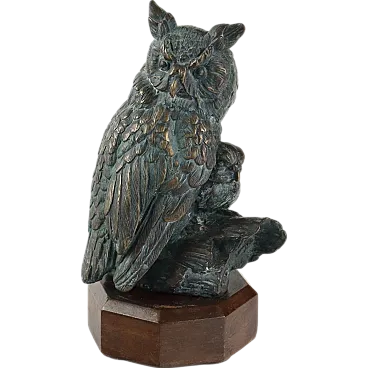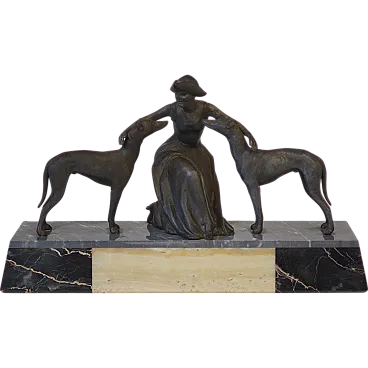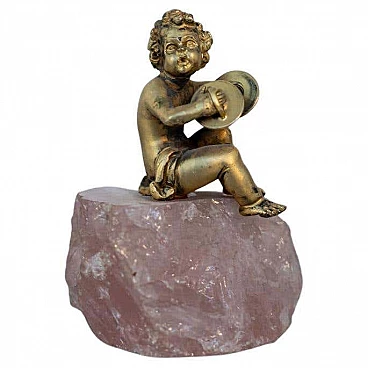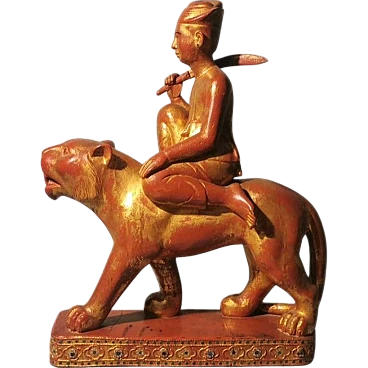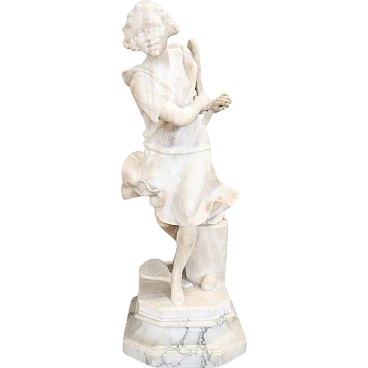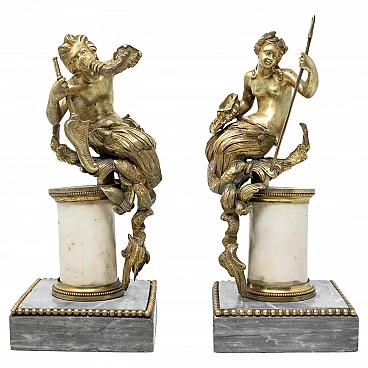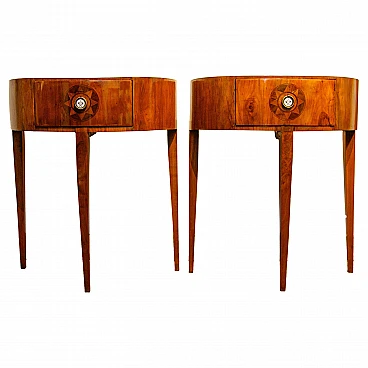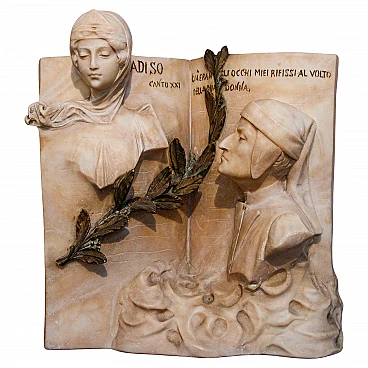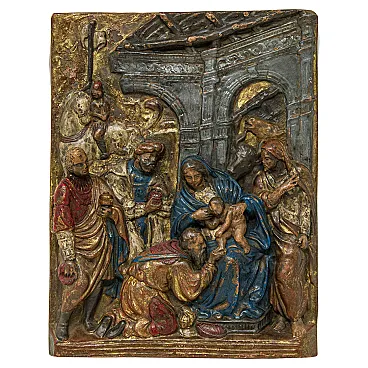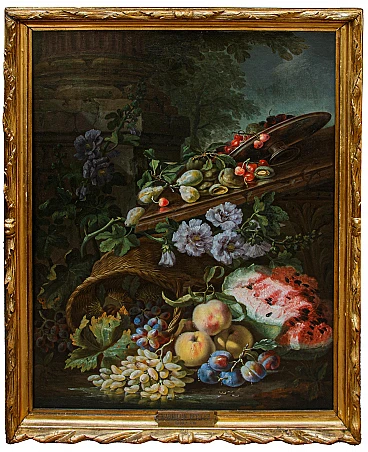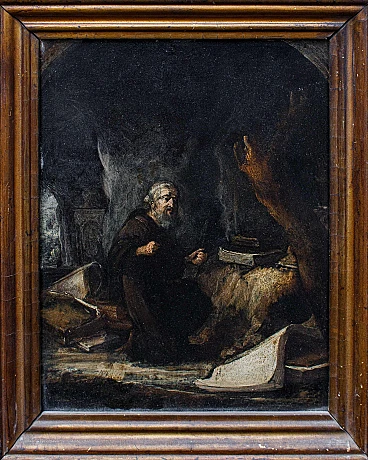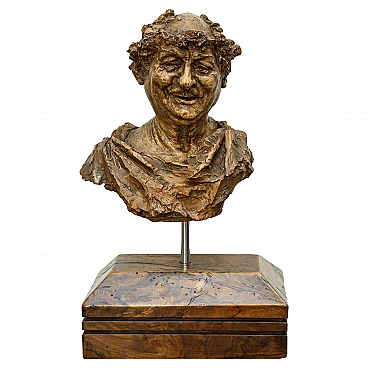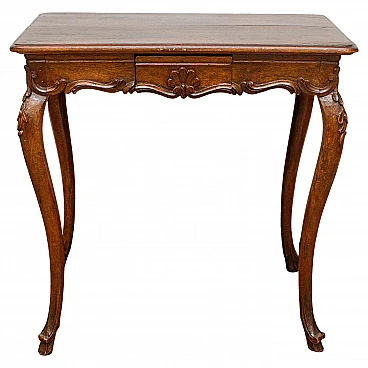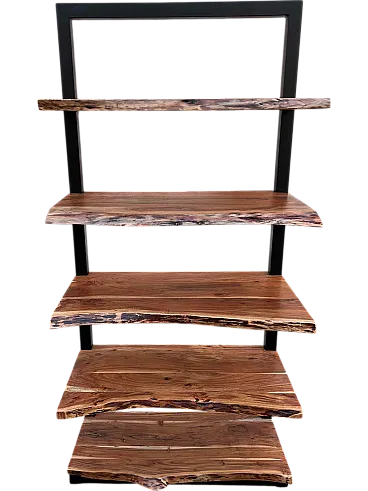19th century. Bust of Juliette Récamier in alabaster, 42 x 23 x 11 cm. The sculpture represents the bust of Jeanne Françoise Julie Adélaïde Bernard, better known as Juliette Récamier or Madame Récamier (Lyons, 3 December 1777 - Paris, 11 May 1849), a famous French salon lady in the era of the Directory and the First Empire. Juliette's family belonged to the Lyon bourgeoisie: her father, Jean Bernard, was a royal notable. Appointed director of finance, he moved to Paris with his family in 1786. Juliette's mother, on the other hand, an heiress with a rich dowry, was a worldly and intelligent woman. Madame Récamier's salon soon became the meeting place of an elite society, but did not fail to involve the upper echelons of power. Juliette's extraordinary beauty and charm earned her a large crowd of admirers. The refined lady was one of the first to adopt the 'Greek taste' in dress - very simple dresses of semi-transparent muslin - and played a not inconsiderable role in the spread of the taste for antiquity, later known as the Empire style. A friend of Madame de Staël and later, under the Empire, the friend and companion of Chateaubriand, she was a key figure in the opposition to Napoleon Bonaparte's regime, thanks to her cultural salon that was a political and intellectual centre. Because of her positions, she ended up being exiled from Paris. After staying from September 1811 to June 1812 in Châlons-en-Champagne and then in Lyon, he visited Italy. She could only return to the French capital at the fall of the Empire in 1815, where she continued to receive the most important celebrities of the time. Juliette is portrayed as she shyly lowers her gaze and holds a veil over her chest with both hands, covering her breasts in a gesture of great modesty and reserve. A slight smile hovers on her lips and her wavy hair is held back by a band in a high hairstyle. The work is based on a model by the French sculptor Joseph Chinard (Lyon, 12 February 1756 - 20 June 1813). After receiving his initial training in Lyon, as a painter at the École Royale de Dessin and as a sculptor in a local workshop, Chinard travelled to Rome between 1784-87, where he won a prize from the Accademia di San Luca with the terracotta sculpture Perseus and Andromeda. He made the marble Juliette Récamier, now preserved in Lyon at the Musée des Beaux Arts, during his stay in Paris between 1801 and 1802. There is also a terracotta version of the work, now in the Getty Museum in Los Angeles. Chinard's works can indeed be admired today in the most important museum collections including the Metropolitan Museum of Art and the National Gallery of Art in Washington, in addition to the two institutions mentioned above. The object is in good condition.
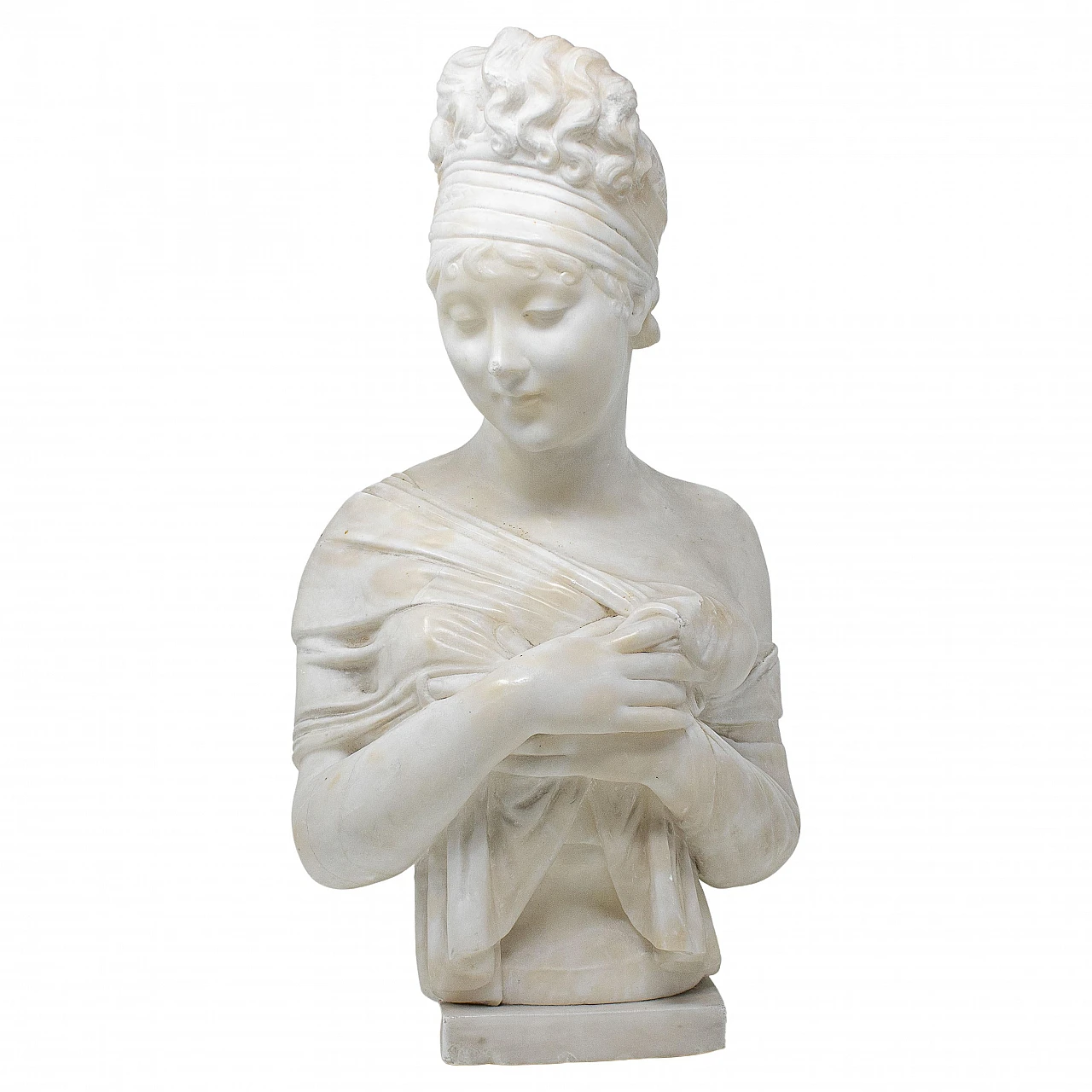
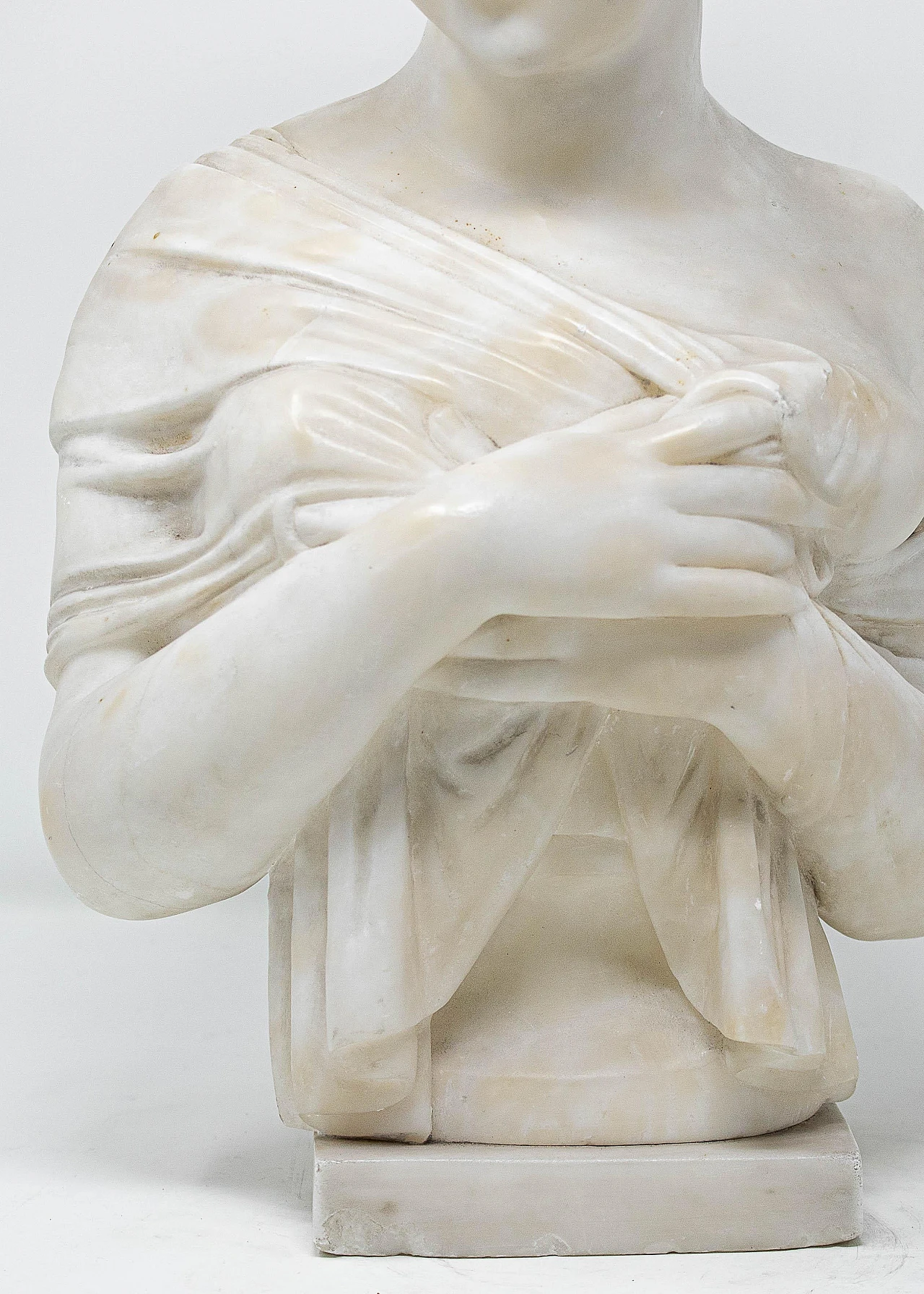
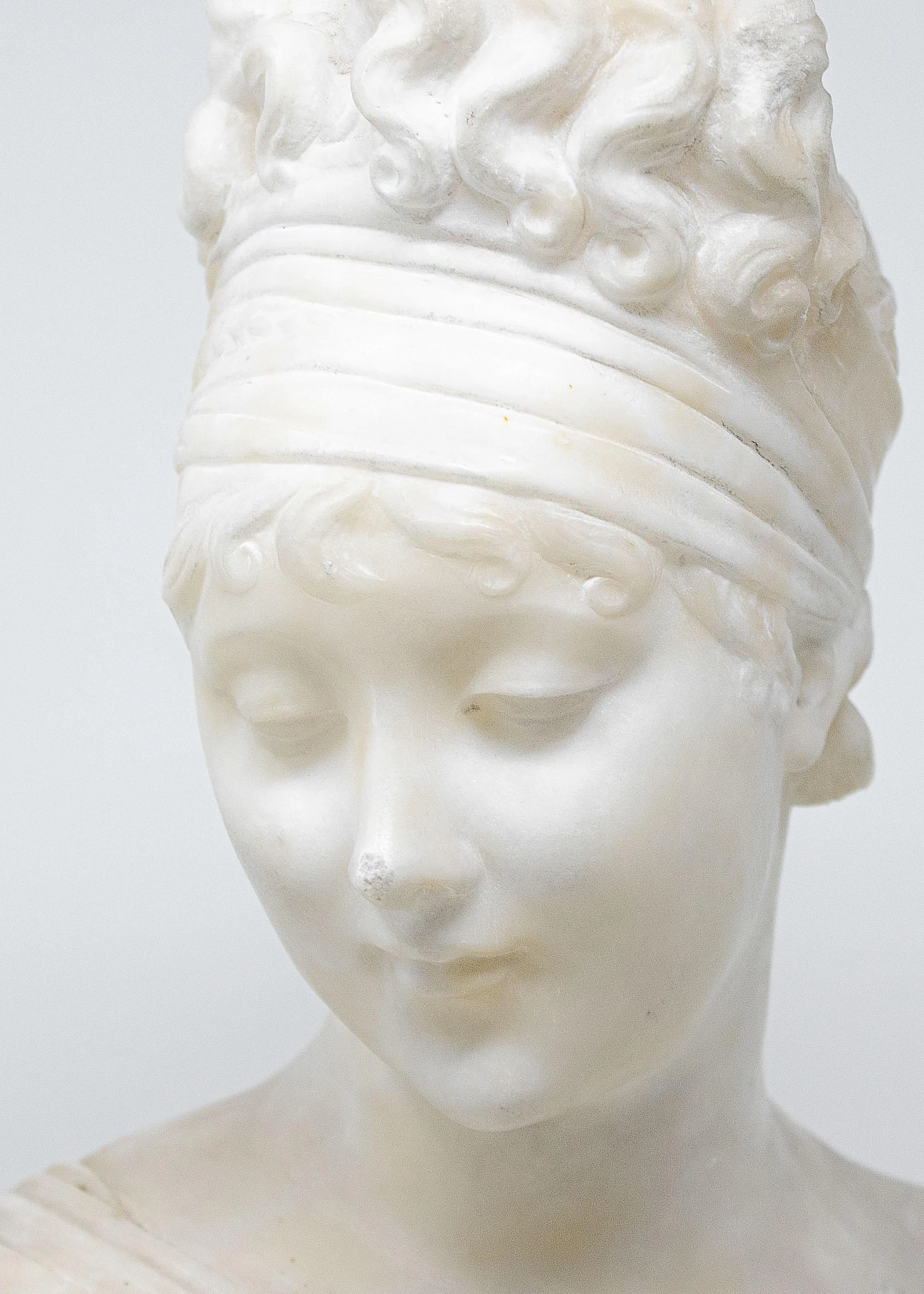
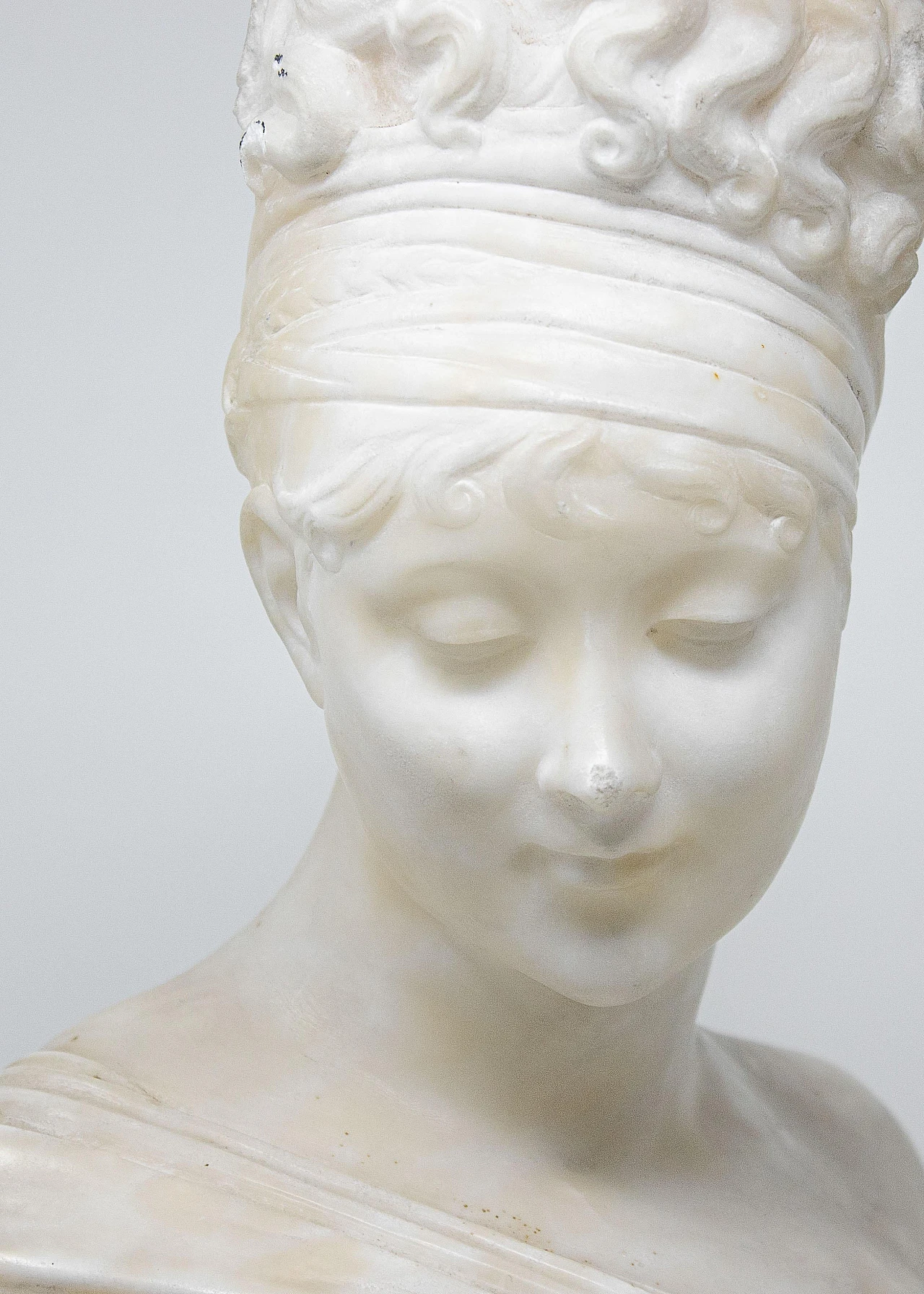
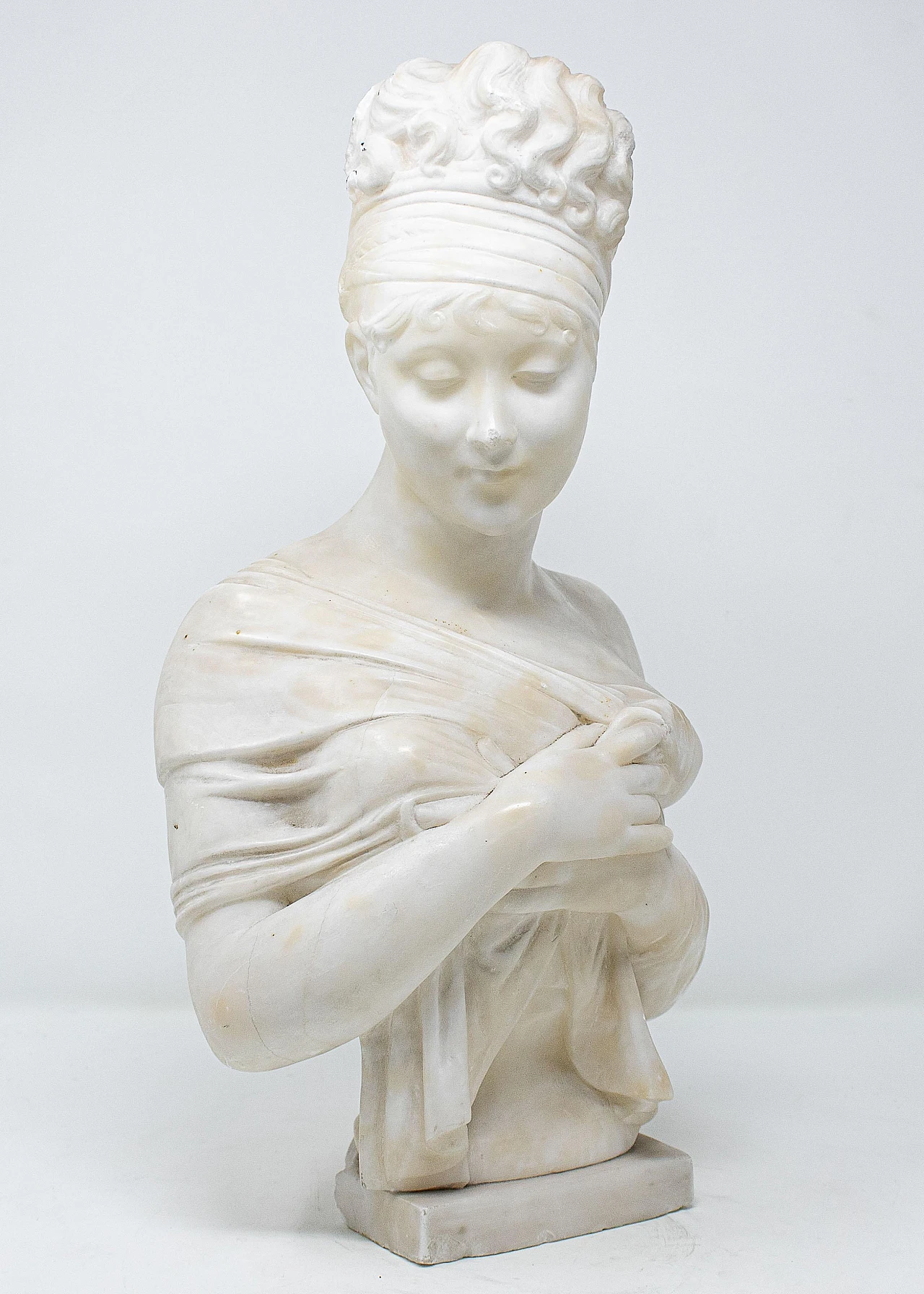
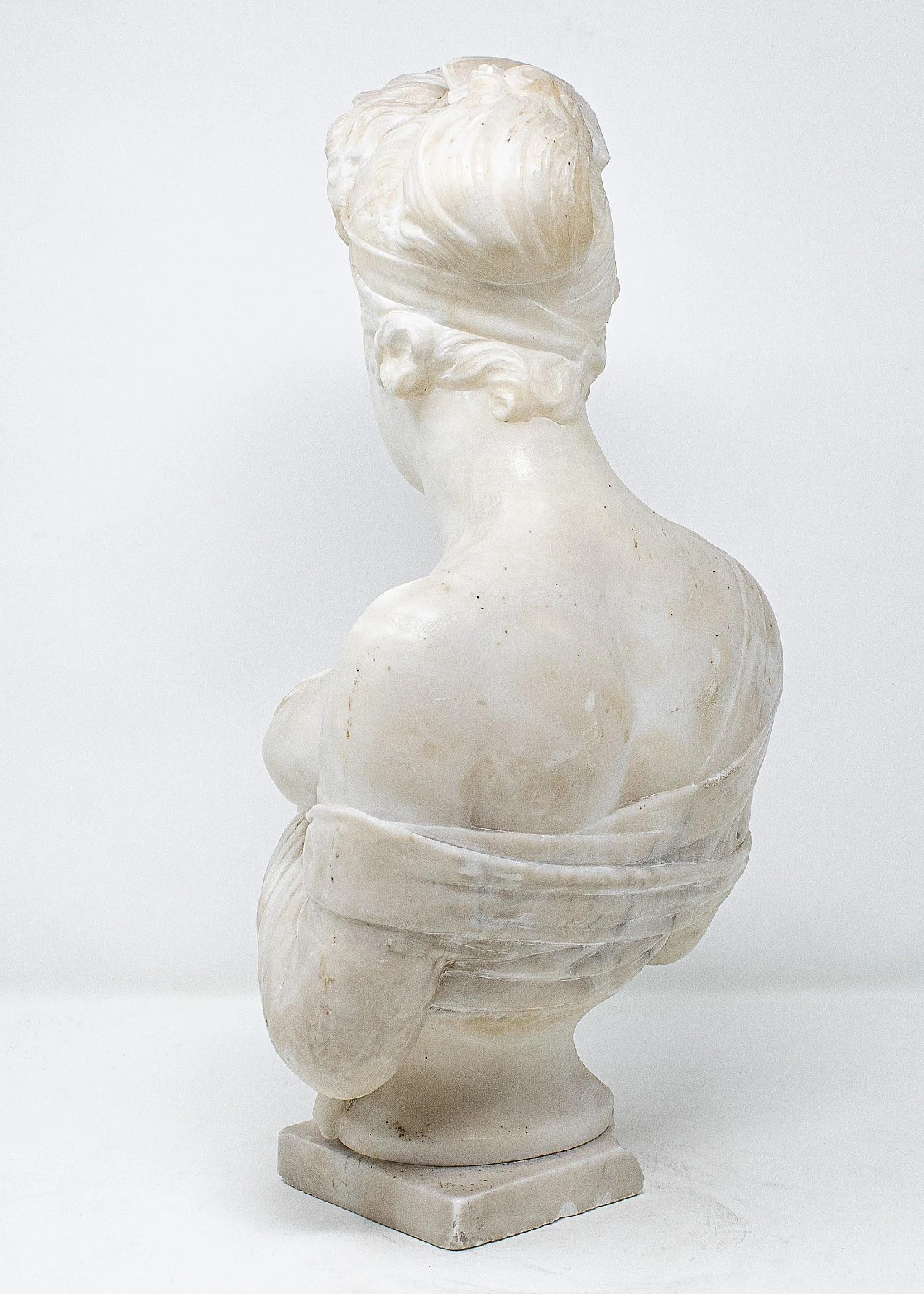
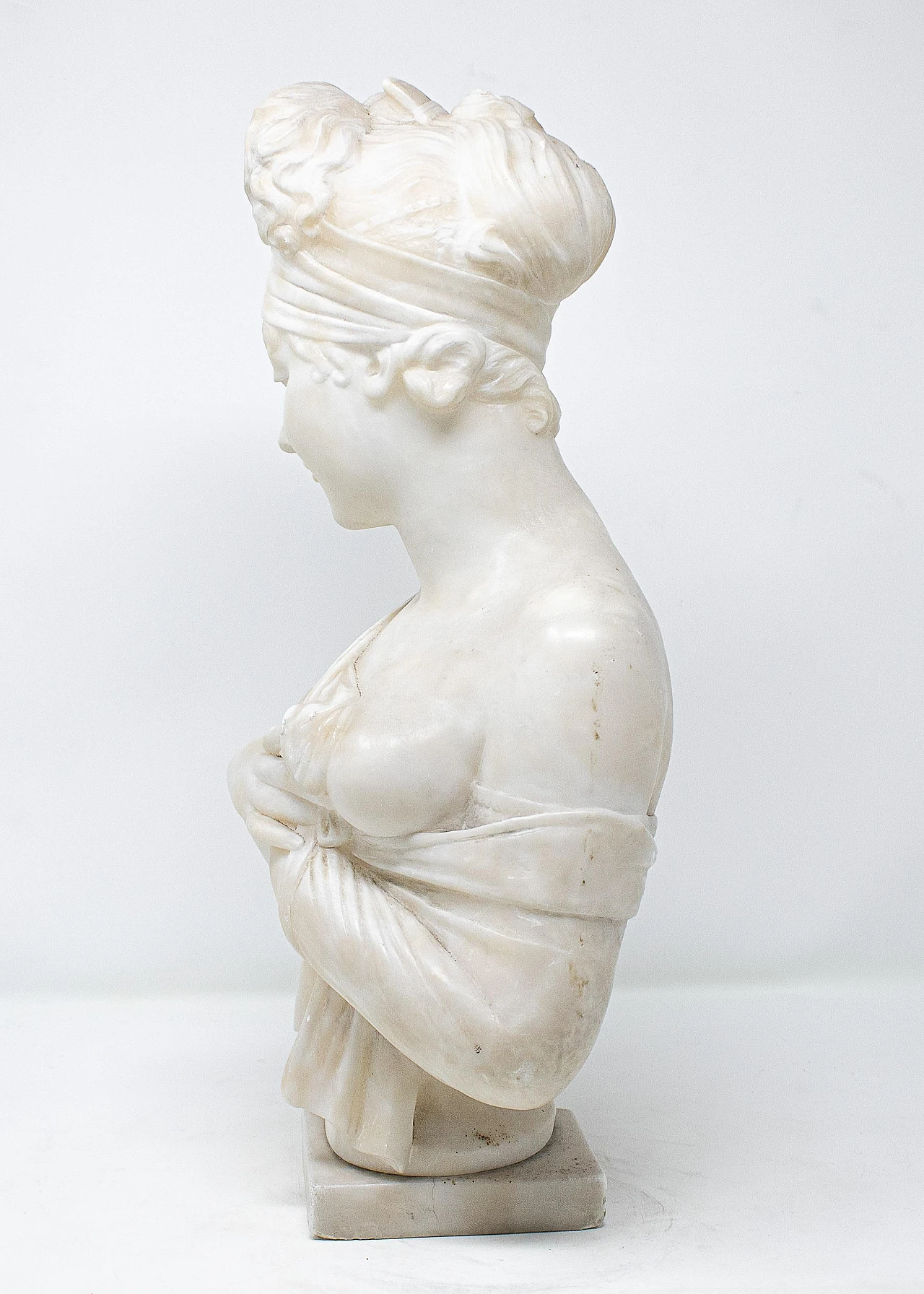
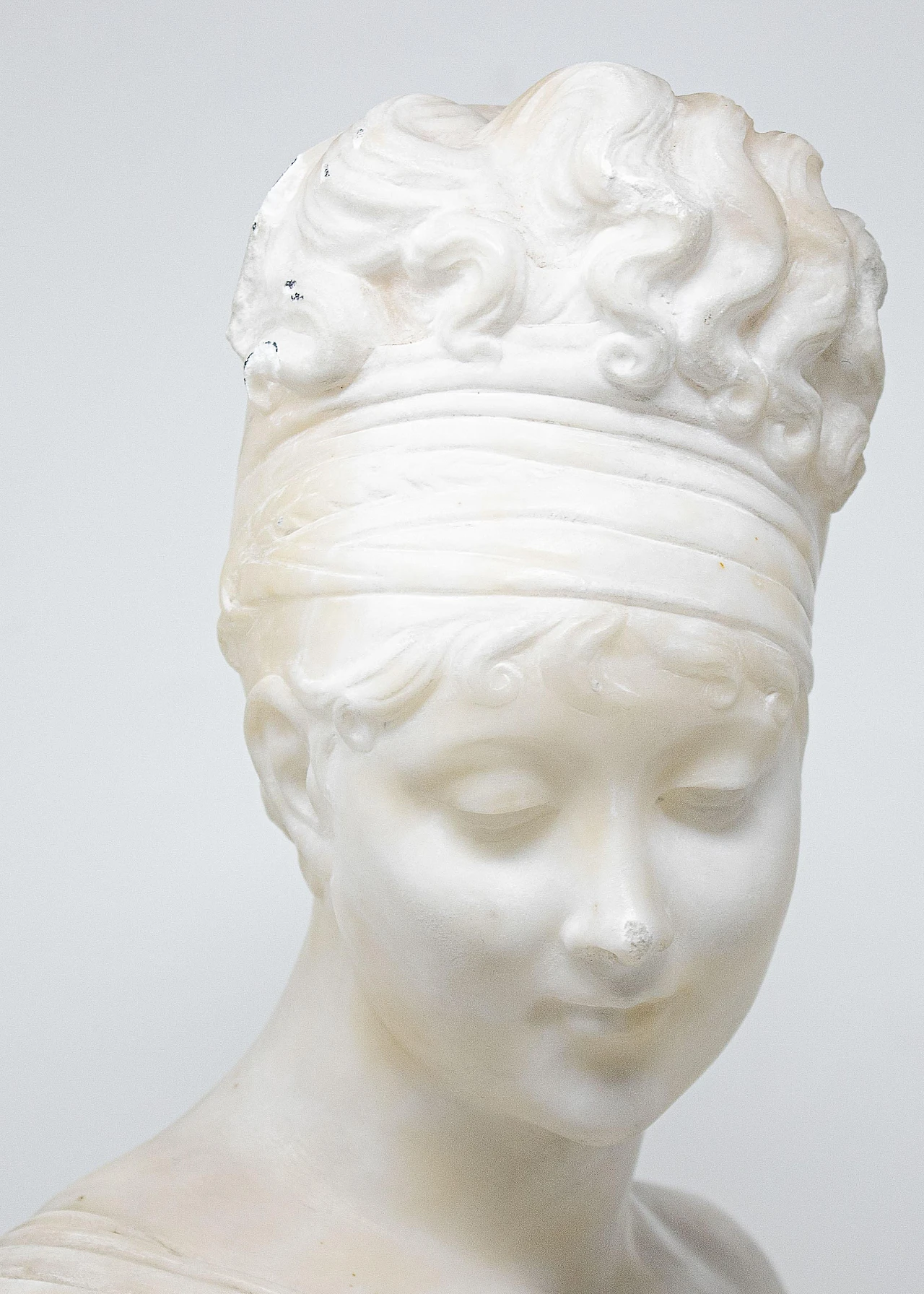
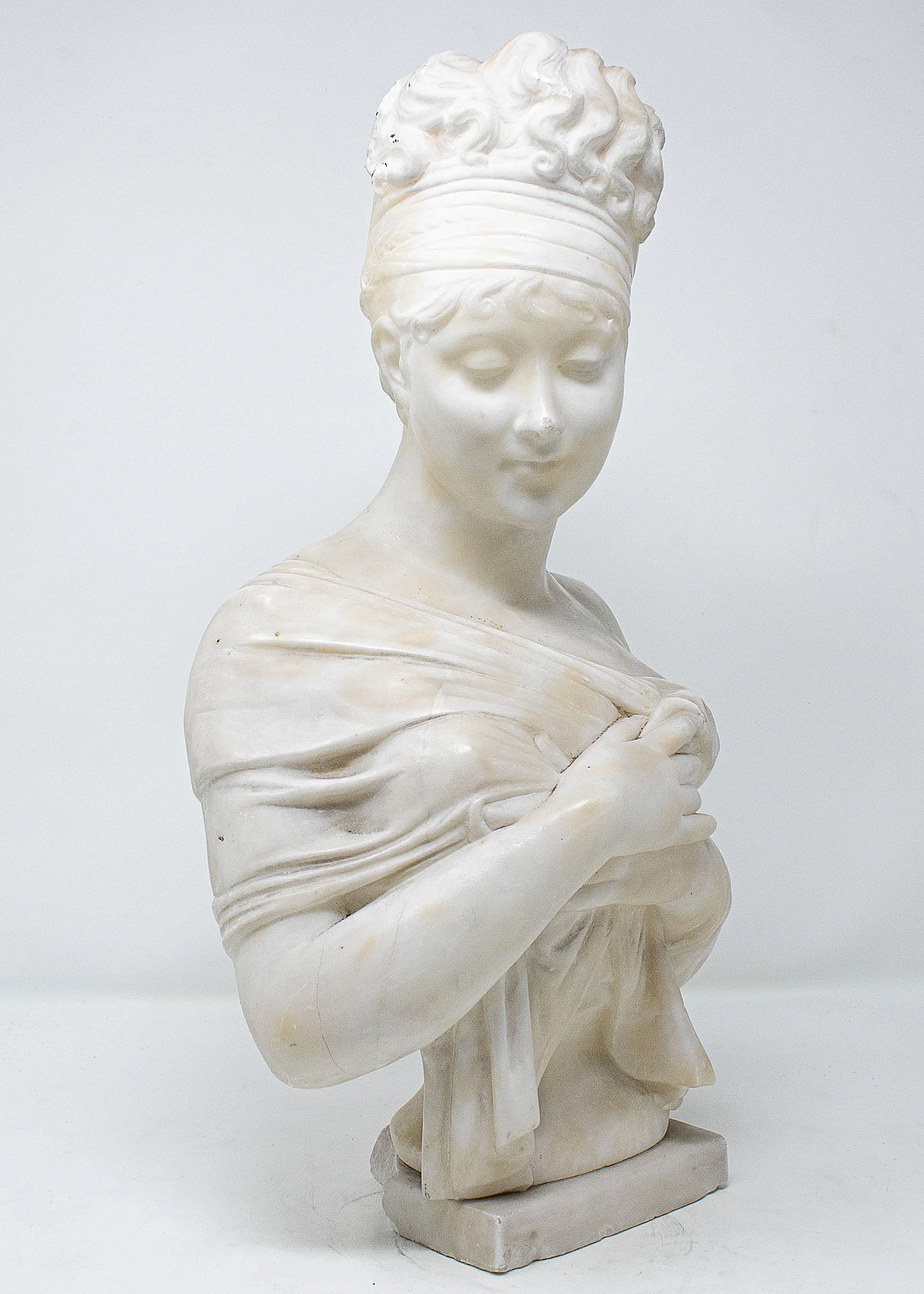
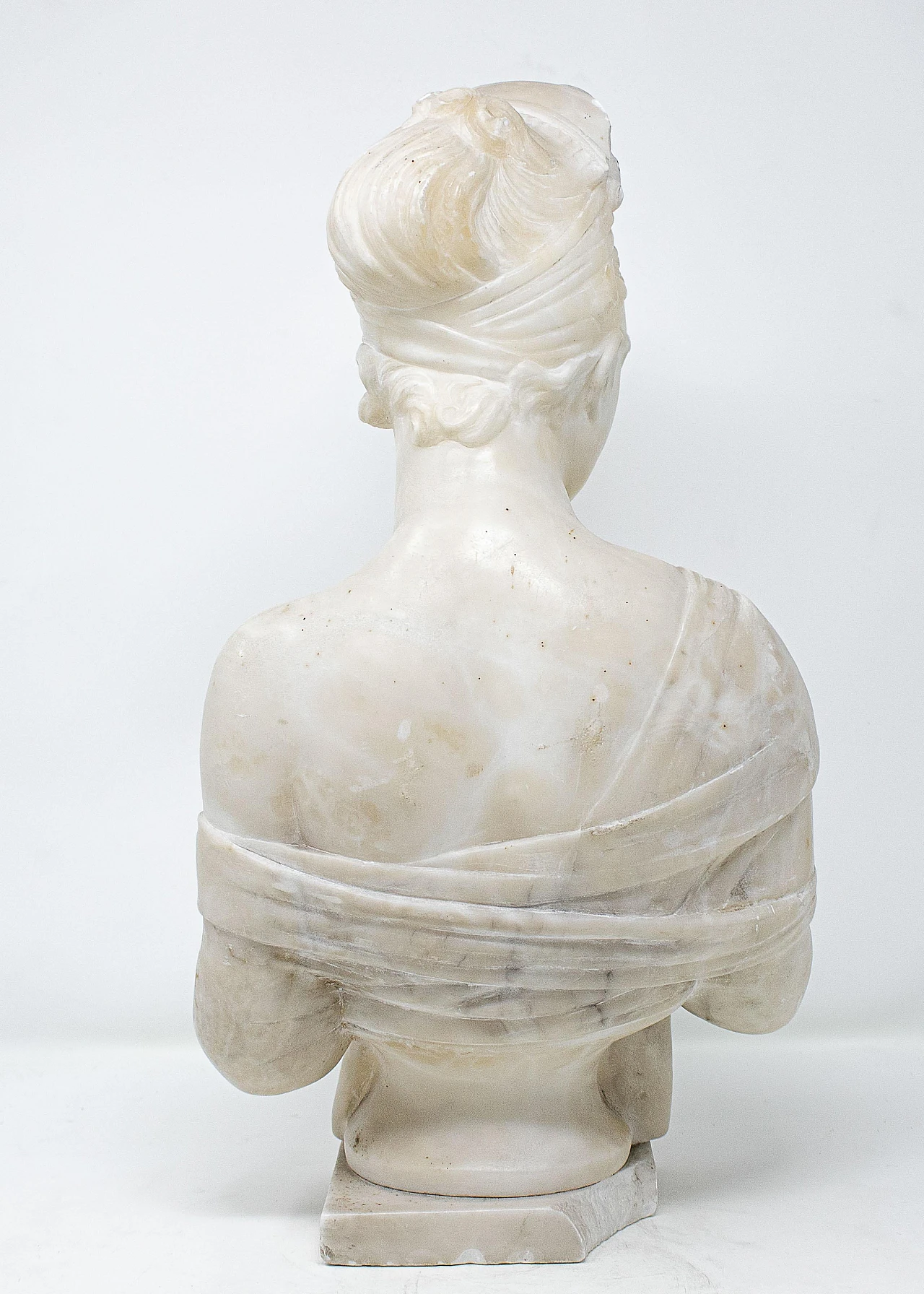
 SILVER Seller in Milano, Italia
SILVER Seller in Milano, Italia






.png)





